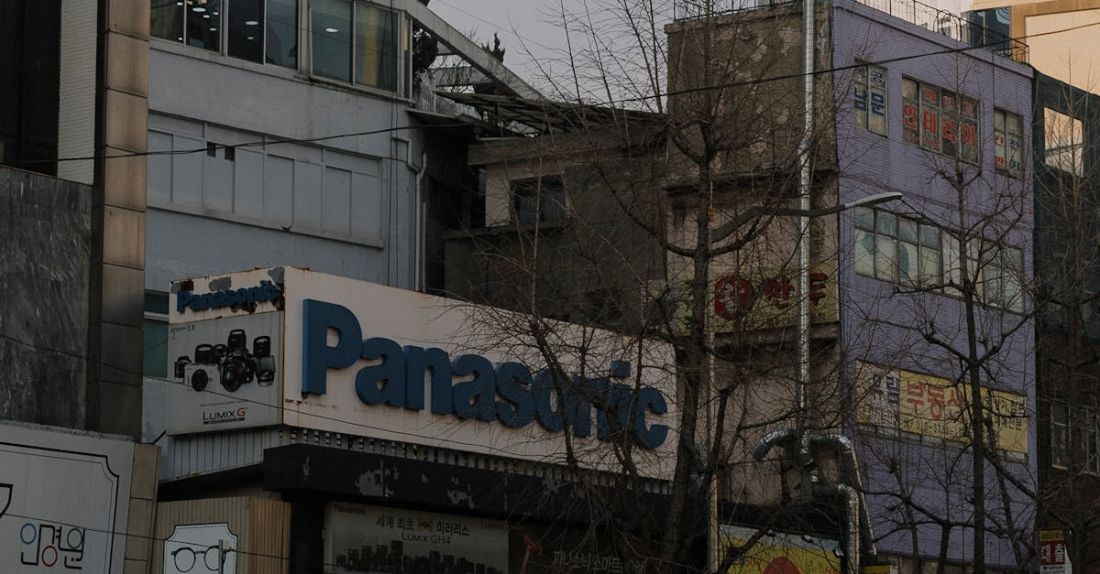
Public transportation plays a crucial role in reducing traffic congestion, decreasing carbon emissions, and improving overall mobility in urban areas. To encourage more people to utilize public transportation, it is essential to implement effective strategies that promote its usage. In this article, we will discuss the best practices for promoting public transportation.
**Understanding the Needs of the Community**
Before implementing any promotional strategies, it is vital to understand the unique needs and challenges of the community. Conducting surveys, gathering feedback, and analyzing data can provide valuable insights into the preferences of potential public transportation users. By understanding what motivates people to choose or avoid public transportation, authorities can tailor their promotional campaigns to address specific concerns and encourage greater ridership.
**Improving Accessibility and Convenience**
One of the key factors that influence people’s choice to use public transportation is its accessibility and convenience. To promote public transportation effectively, it is essential to ensure that transit routes are well-connected, easily accessible, and provide timely services. Implementing measures such as dedicated bus lanes, bike-sharing programs, and integrated fare systems can enhance the overall convenience of using public transportation, making it a more attractive option for commuters.
**Raising Awareness through Marketing Campaigns**
Effective marketing campaigns can play a significant role in promoting public transportation and encouraging people to use it. Utilizing various channels such as social media, advertising, and community events can help raise awareness about the benefits of public transportation and educate the public about available services. Engaging influencers, partnering with local businesses, and offering promotions or discounts can also help attract new riders and encourage existing users to utilize public transportation more frequently.
**Providing Real-Time Information and Updates**
One of the common concerns that people have about using public transportation is the uncertainty surrounding schedules and delays. To address this issue, providing real-time information and updates about transit services can help build trust and confidence among commuters. Investing in technologies such as mobile apps, digital signage, and automated announcements can keep passengers informed about service changes, delays, and alternative routes, making their travel experience more predictable and reliable.
**Promoting Sustainable and Eco-Friendly Travel**
In an era of increasing environmental awareness, promoting public transportation as a sustainable and eco-friendly travel option can resonate with a broader audience. Highlighting the environmental benefits of using public transportation, such as reducing carbon emissions and minimizing air pollution, can appeal to environmentally conscious individuals and encourage them to choose public transportation over private vehicles. Partnering with environmental organizations, hosting eco-friendly events, and showcasing the positive impact of public transportation on the environment can help promote its usage among eco-conscious commuters.
**Collaborating with Stakeholders and Community Partners**
Building strong partnerships with stakeholders, community organizations, and local businesses can enhance the effectiveness of public transportation promotion efforts. Collaborating with employers to offer transit benefits to employees, partnering with schools to promote safe and sustainable travel options for students, and working with community groups to organize events and campaigns can create a supportive ecosystem that encourages greater public transportation usage. By involving various stakeholders in promoting public transportation, authorities can leverage their networks and resources to reach a wider audience and drive meaningful change.
**Incorporating User Feedback and Continuous Improvement**
To ensure the long-term success of public transportation promotion efforts, it is crucial to incorporate user feedback and continuously improve services based on customer preferences and suggestions. Conducting regular surveys, gathering feedback through social media channels, and monitoring ridership patterns can provide valuable insights into the effectiveness of promotional strategies and help identify areas for improvement. By listening to the needs of the community and adapting promotional campaigns accordingly, authorities can create a more user-centric public transportation system that meets the evolving demands of commuters.
**Empowering Communities to Choose Public Transportation**
In conclusion, promoting public transportation requires a multifaceted approach that focuses on understanding community needs, enhancing accessibility and convenience, raising awareness through marketing campaigns, providing real-time information, promoting sustainability, collaborating with stakeholders, and incorporating user feedback for continuous improvement. By empowering communities to choose public transportation as a viable and sustainable travel option, authorities can create a more efficient, environmentally friendly, and inclusive transportation system that benefits both individuals and the community as a whole.





